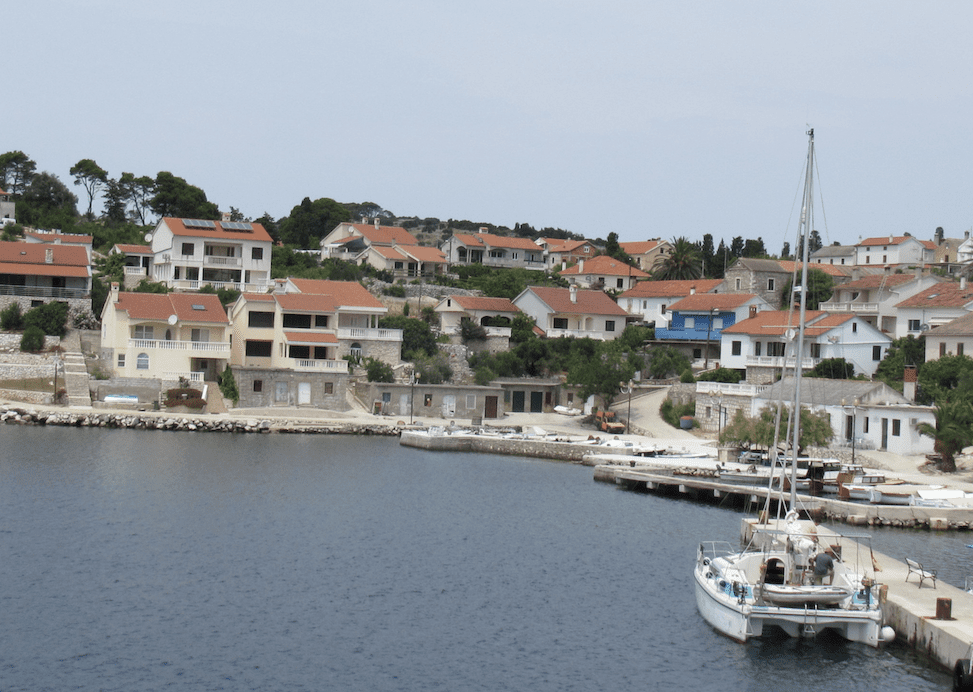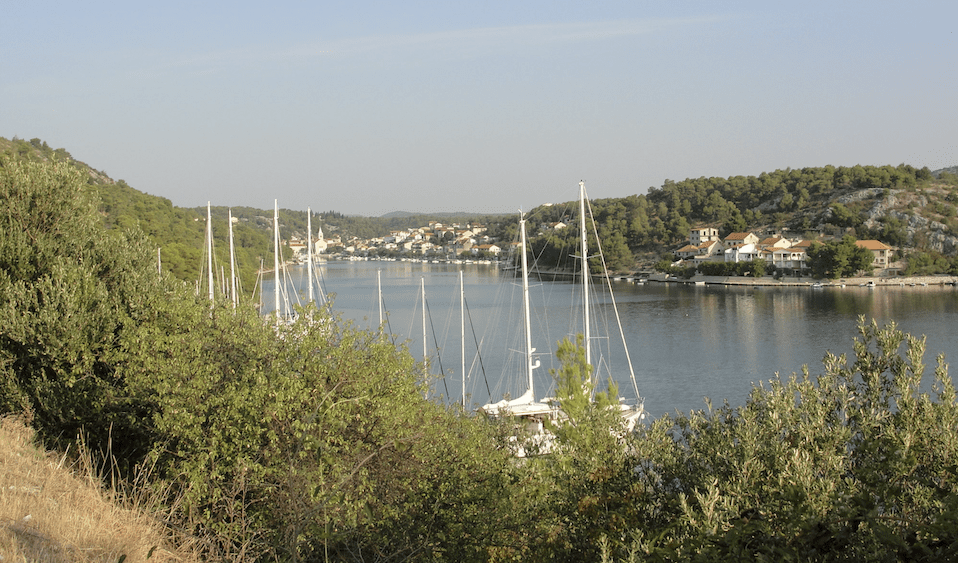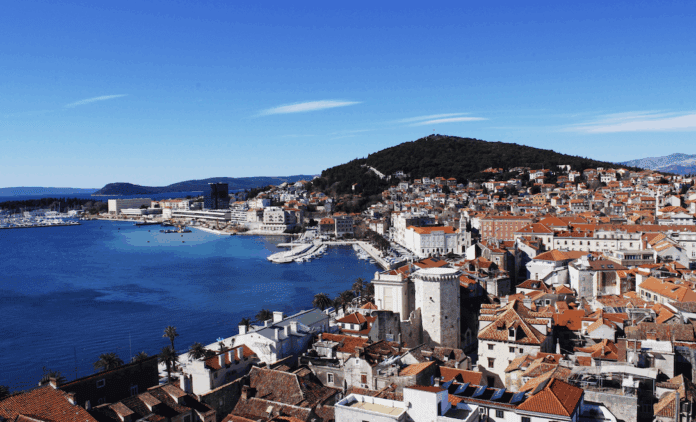Marko Barišić: Croatia’s property market thrives as international buyers shift from holiday purchases to permanent living, making Croatian properties increasingly attractive. Coastal regions like Istria and Kvarner lead in Croatian properties demand, while inland areas attract those seeking affordability. Explore why Croatia is now a hotspot for relocation and investment.
The real estate craze in Croatia shows no sign of slowing, particularly with Croatian properties. Prices continue to climb, albeit less sharply than in previous years. The market has stabilised, but the predicted price drop has not materialised. One key reason remains the sustained interest from foreign buyers purchasing properties in Croatia.

Regions and price trends
According to data from a real estate portal, the most active markets are Istria and the Croatian properties of Kvarner (the area around Rijeke and its islands), then the regions of Split, Šibenik, Zadar and finally Dubrovnik (though Dubrovnik itself is an exception, with astronomical prices). It’s clear that Croatian properties are dominating these regions.
Prices reflect this distribution. Istria is the most expensive, with purchases occurring not just along the coast but inland as well. Old houses are being renovated, and new ones built. A similar trend is seen in Kvarner, particularly on its islands of Krk, Cres and Lošinj, illustrating the popularity of Croatian properties.
Weekend demand highlights pressure
Last weekend, ferries from eastern Istria to Cres faced five-hour queues throughout the day. Ferries ran non-stop, only clearing the backlog of passengers and vehicles late into the evening, hinting at the vibrant interest in Croatian properties.
So who’s buying?
Foreign buyers favour Istria and Kvarner due to their proximity by car from Germany, Austria or Slovenia – the most common buyer nationalities for Croatian properties. Recently, Czechs, Slovaks, Poles, Hungarians and even Swedes have joined the mix. Many Croats living abroad are also investing in domestic properties, further enhancing the Croatian property market.

Lifestyle and safety drive decisions
Buyers often cite Croatia’s appeal beyond its sea, cuisine and traditions. They value the sense of security they feel is lacking in their home countries. This applies to coastal areas and their hinterlands where Croatian properties offer a safe haven.
Continental counties gain traction
Two inland counties, Lika-Senj and Karlovac, are now seeing rising demand. Buyers here seek spacious landscapes, stunning nature and, of course, lower prices, making these Croatian properties desirable.
Shift from holiday homes to permanent living
A significant shift has emerged: foreign buyers no longer view Croatia solely as a holiday spot but as a place to settle. They are increasingly relocating with families, seeking a comfortable living environment within Croatian properties.
Remote work fuels mid-life moves
This trend isn’t limited to retirees (though they are part of it). Most are middle-aged professionals with remote jobs. They purchase houses, renovate or rebuild them, then integrate into local communities – their children attending Croatian schools, seamlessly blending into Croatian properties.
Investment purchases persist
Some foreigners buy purely as investors. They refurbish properties and sell them years later once prices rise, then move on to new opportunities within the Croatian properties market.

2024 sales snapshot
In 2024, Croatia recorded 137,000 real estate transactions. Foreigners accounted for 12,300 of these. In Istria – the most active market – 30% of buyers were foreign, while 70% were Croats, many residing abroad.

